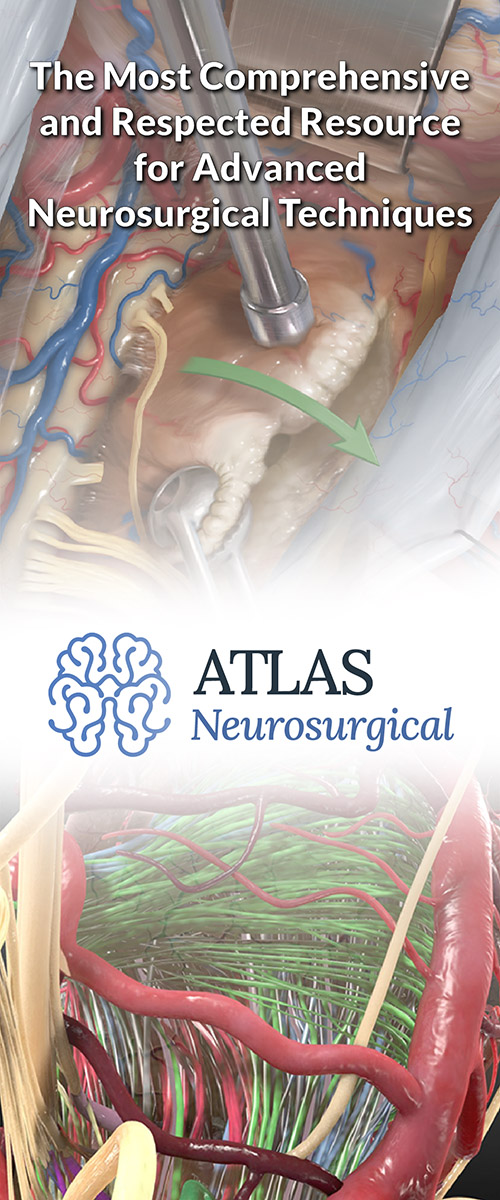Outlook and Prognosis of Pineoblastoma
Pineoblastoma is a rare and aggressive brain tumor that originates in the pineal gland. This small gland, located deep within the brain, plays a crucial role in regulating sleep patterns.
Because pineoblastomas tend to grow quickly and can spread to other areas of the central nervous system. The outlook and prognosis for patients can be challenging to determine.
This article will explain the factors that affect prognosis, what influences pineoblastoma life expectancy, and how the treatment journey can impact the overall outlook.
Understanding Pineoblastoma Prognosis
The prognosis for pineoblastoma varies depending on multiple factors, including tumor size, location, early detection, and whether it has spread to other parts of the brain or spinal cord. Prognosis refers to the expected outcome or course of the disease, including survival rate and life expectancy.
Early Diagnosis and Treatment
Early detection can significantly improve prognosis. When caught early and still localized, there are more treatment options, and patients may have a better chance of recovery. However, due to the tumor's location and the vague nature of symptoms like headaches and nausea, early diagnosis can sometimes be difficult.
Why should you have your surgery with Dr. Cohen?
Dr. Cohen
- 7,000+ specialized surgeries performed by your chosen surgeon
- More personalized care
- Extensive experience = higher success rate and quicker recovery times
Major Health Centers
- No control over choosing the surgeon caring for you
- One-size-fits-all care
- Less specialization
For more reasons, please click here.
Spread of the Tumor
The extent to which the tumor has spread (also known as metastasis) is one of the most critical factors influencing prognosis. If the tumor has spread beyond the pineal gland to other parts of the brain or spinal cord, it may be more difficult to treat, and the outlook may be less favorable.
Pineoblastoma Survival Rate and Life Expectancy
Pineoblastoma survival rates provide an estimate of how many people with this type of tumor survive for a certain period (usually five years) after diagnosis. These rates can give a general sense of what to expect, but they are based on past data and cannot predict individual outcomes.
Various factors, including advancements in treatment, may lead to improvements in survival rates over time.
Factors Affecting Survival Rate
Age is a key factor; the five-year pineoblastoma survival rate for children under four is less than 10%, while for patients over four, it rises to over 60%. Overall health and the patient’s ability to tolerate treatment also influence life expectancy.
Limitations of Survival Rates
Survival rates are general statistics and don’t account for each unique case. Individual outcomes vary based on tumor biology, treatment response, and health factors. These numbers should be seen as a guide rather than a definitive prediction.
Factors That Influence Prognosis
Several key factors can affect the outlook for patients diagnosed with pineoblastoma. Understanding these can help patients and families better navigate the treatment journey and make informed decisions about care.
- Age of the Patient: Age is an important consideration. Children under five often face more challenges since their brains are more sensitive to treatment effects like radiation. Pediatric patients may receive tailored treatment protocols.
- Tumor Characteristics: Size, location, and tumor biology affect treatment. Tumors confined to the pineal gland are often easier to treat than those that have spread or are found deep in the brain.
- Response to Treatment: Prognosis improves when treatment effectively removes or controls the tumor. Successful surgery, followed by radiation or chemotherapy, leads to better outcomes.
- Patient’s Overall Health: General health affects how well patients tolerate treatments. Healthier individuals can typically recover and respond to therapy better.
Improvements in Treatment and Their Impact on Prognosis
Advancements in medical technology and treatment protocols have gradually improved the pineoblastoma prognosis.
- Surgical Advancements: Better surgical tools and techniques, including minimally invasive methods, enable more accurate tumor removal with fewer complications and better outcomes.
- Targeted Radiation Therapy: Innovations like proton therapy provide precise ways to target tumors, reducing side effects and preserving healthy brain tissue. This is especially useful in children, as it protects cognitive function.
- New Drug Treatments and Clinical Trials: Ongoing research develops new drugs and therapies to treat pineoblastoma. Clinical trials can offer patients access to these emerging treatments, potentially improving pineoblastoma life expectancy and quality of life.
Support and Quality of Life
Beyond the clinical aspects, it's essential to focus on maintaining the best possible quality of life for patients diagnosed with pineoblastoma. While treatment aims to extend life expectancy, attention to quality of life can help patients and families manage the emotional, physical, and mental health aspects of living with the disease.
- Palliative Care: Palliative care focuses on relieving symptoms, such as pain, fatigue, and nausea, and supporting overall well-being. It can be introduced at any stage of treatment to help manage side effects and improve comfort.
- Support Networks: Emotional support from family, friends, and healthcare professionals can significantly impact a patient’s journey. Support groups, counseling, and caregiver resources can help families navigate the challenges of a pineoblastoma brain tumor diagnosis.
Key Takeaways
- The prognosis for pineoblastoma depends on various factors, including early diagnosis, tumor spread, patient age, and overall health.
- Pineoblastoma survival rates can provide general guidance but do not predict individual outcomes, as each case is unique.
- Treatment advancements, including surgical techniques and targeted therapies, are improving the outlook for patients diagnosed with pineoblastoma.
- Quality of life and emotional support are crucial aspects of care, helping patients manage the challenges of the disease.
- Patients and families should work closely with their healthcare team to understand the prognosis, explore treatment options, and plan for the future.




